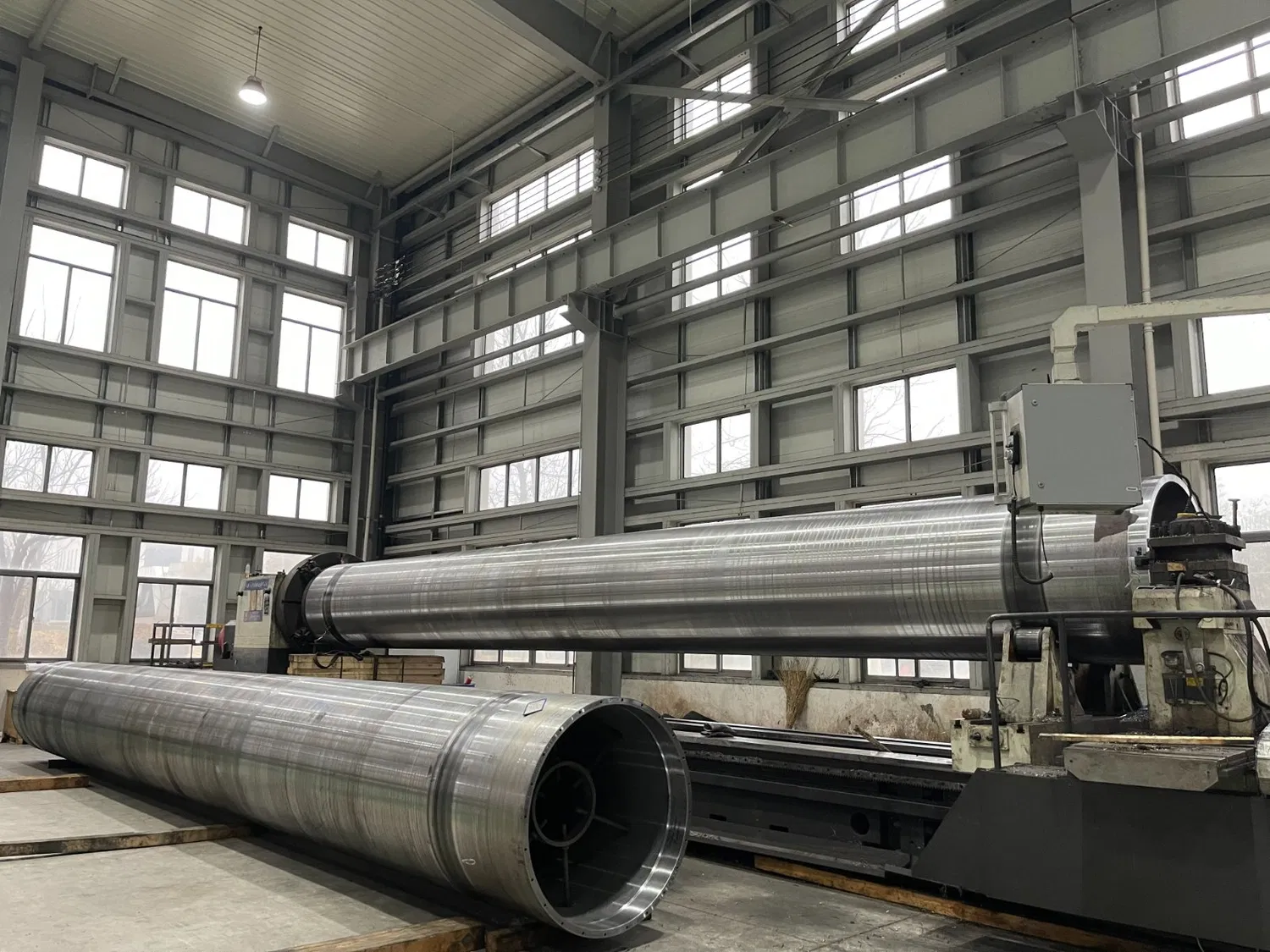Introduction
Paper machine rolls are a critical component of the paper manufacturing process. The quality and performance of these rolls can have a significant impact on the efficiency and productivity of paper machines. In recent years, there have been several technological advances in paper machine rolls that have improved their performance and reduced downtime.
Improved Materials and Coatings
One of the most notable recent advancements in paper machine rolls is the development of improved materials and coatings. These advancements have led to rolls that are more durable, have better heat resistance, and are less prone to wear and tear. For example, some manufacturers have developed rolls with ceramic coatings that are highly resistant to corrosion and can withstand high temperatures. This results in longer roll life and less frequent replacement, leading to cost savings for paper manufacturers.
Ceramic Coatings
Ceramic coatings are a popular choice for paper machine rolls due to their durability and heat resistance. These coatings are applied to the surface of the roll and can be customized to meet the specific needs of different paper types. Ceramic coatings can also improve the release properties of the roll, reducing the risk of paper sticking and improving paper quality.
Chrome Plating
Chrome plating is another popular choice for paper machine rolls. This process involves applying a thin layer of chromium to the surface of the roll. Chrome-plated rolls are highly resistant to wear and tear and have excellent release properties. This makes them ideal for use in high-speed paper machines.
Advanced Roll Designs
Advanced roll designs are another area where recent technological advances have had a significant impact on paper machine rolls. These designs focus on improving the efficiency and productivity of paper machines. For example, some manufacturers have developed grooved rolls that allow for better water removal, resulting in improved paper quality and reduced energy consumption.
Grooved Rolls
Grooved rolls are designed with a series of grooves on the surface of the roll. These grooves allow for better water removal, improving paper quality and reducing energy consumption. Grooved rolls are ideal for use in the press section of paper machines, where water removal is critical.
Soft Rolls
Soft rolls are designed with a softer surface than traditional rolls. This allows for better sheet control and reduces the risk of paper damage. Soft rolls are ideal for use in the calender section of paper machines, where sheet control is critical.
Predictive Maintenance
Predictive maintenance is an area where recent technological advances have had a significant impact on paper machine rolls. By using sensors and advanced analytics, manufacturers can monitor the performance of their rolls in real-time and predict when maintenance is required. This allows for proactive maintenance, reducing downtime and improving productivity.
Sensors
Sensors are a critical component of predictive maintenance. These sensors can monitor a variety of factors, including temperature, vibration, and wear. By analyzing this data in real-time, manufacturers can predict when maintenance is required and schedule it accordingly.
Advanced Analytics
Advanced analytics are used to analyze the data collected by sensors. This analysis can identify trends and patterns that may indicate potential issues. By proactively addressing these issues, manufacturers can reduce downtime and improve productivity.
Conclusion
Recent technological advances in paper machine rolls have led to significant improvements in the efficiency and productivity of paper machines. From improved materials and coatings to advanced roll designs and predictive maintenance, these advances are helping paper manufacturers reduce downtime, improve paper quality, and save money. As technology continues to evolve, it will be interesting to see what further advancements are made in the field of paper machine rolls.



